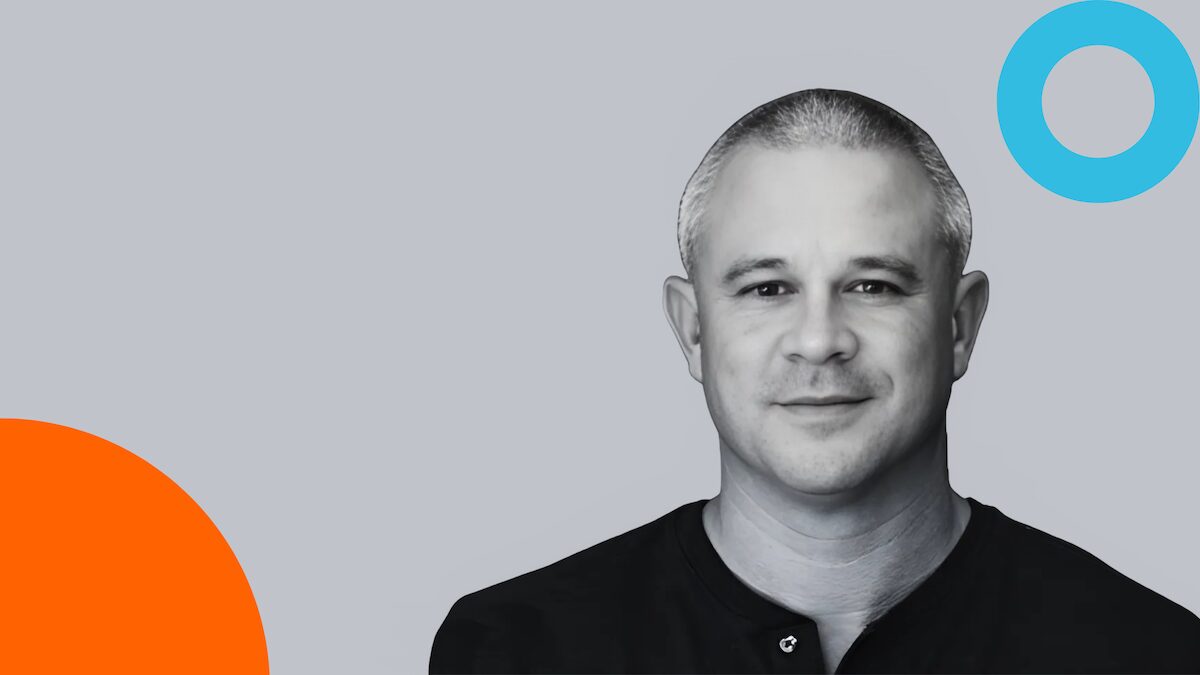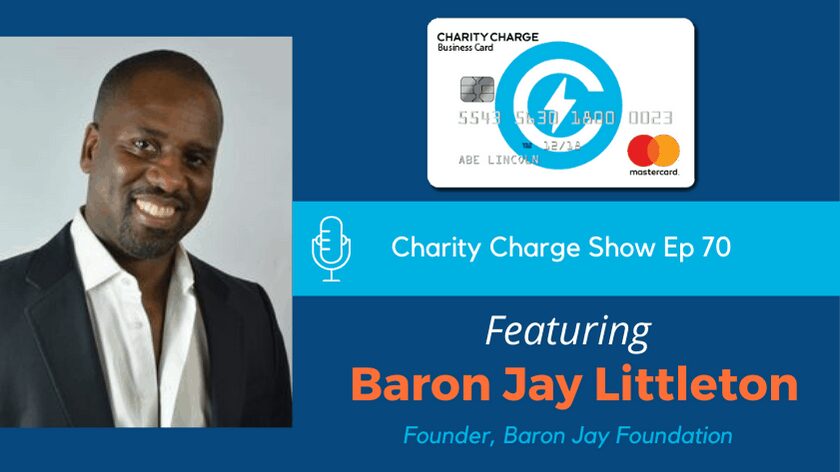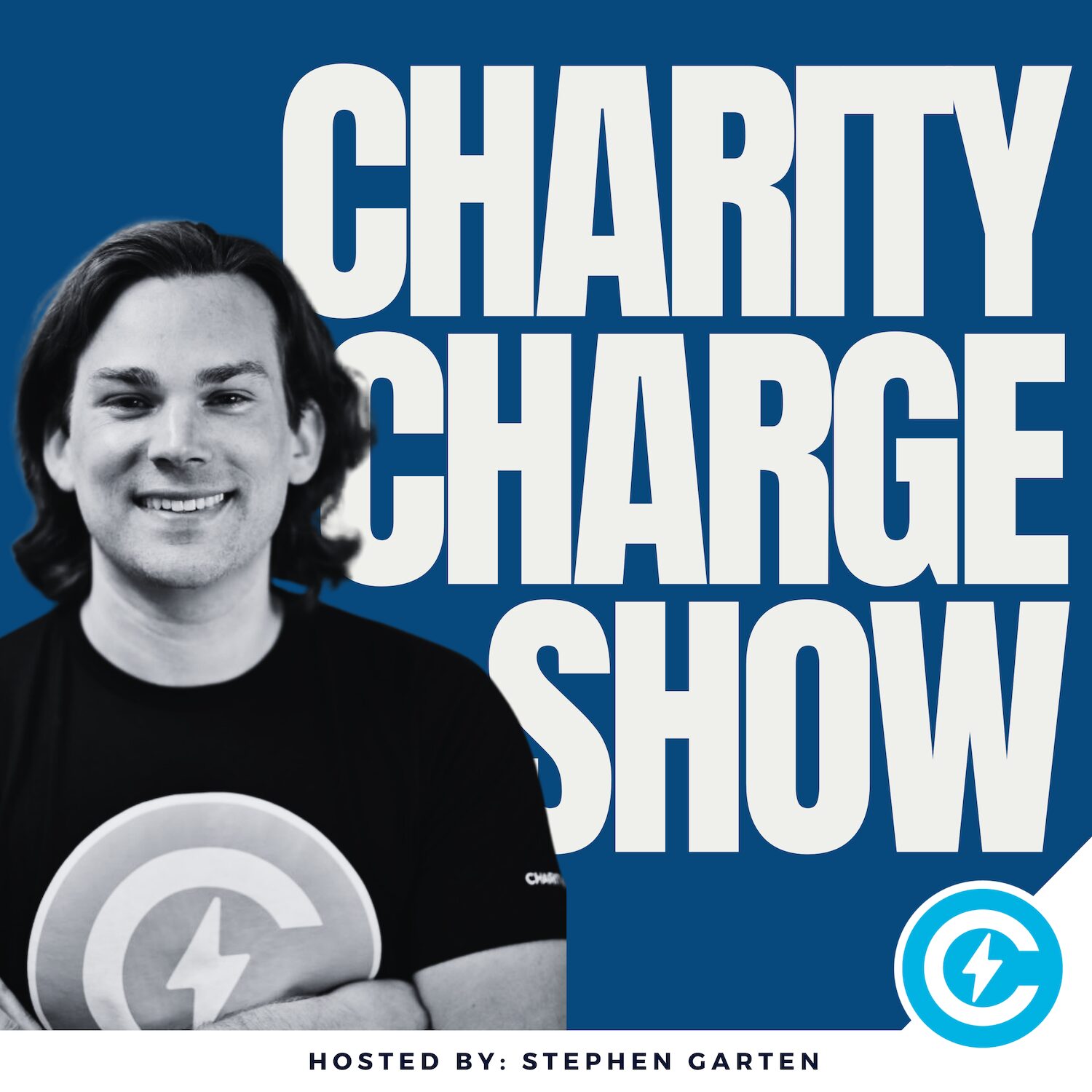Streaming has overtaken traditional TV, but most nonprofits still struggle to access connected TV (CTV) inventory at a sustainable cost. AdGood, a 501(c)(3) led by CEO Kris Johns, is changing that by securing donated, unused CTV inventory from major publishers and making it available exclusively to nonprofits, at roughly a 70% discount to market rates.
The result: organizations can reach the biggest screen in the home with precise targeting and measurable outcomes—often at a price similar to social ads.
In a recent Charity Charge Show conversation, Johns unpacked how AdGood works, why CTV belongs in a nonprofit media mix, and what’s next, including the new AdGood Nonprofit Media Fund to cover media costs for organizations with little to no budget.
Overview
The Problem: Great Causes, Limited Reach
CTV viewership keeps climbing. As audiences shift from cable to streaming, the supply of ad impressions has risen faster than demand, leaving unused inventory. Historically, that capacity hasn’t been easy for nonprofits to tap, and when it has, it’s often been expensive, poorly targeted, and difficult to measure.
AdGood’s answer: aggregate unused CTV inventory donated by streaming publishers, centralize it in a nonprofit-run tech stack, and pass it along only to nonprofits at a steep discount, so organizations can buy more impressions, test more audiences, and learn faster.
How AdGood Works
Inventory pipeline: AdGood partners with large CTV publishers and platforms that donate unused impressions. AdGood manages the supply and restricts access to nonprofits.
Pricing: Roughly 70% lower than typical CTV CPMs. Many clients effectively see ~4x more impressions for the same budget.
Ways to buy:
- DSP connection (for advanced teams): If you already trade programmatically, AdGood can connect its inventory via deal IDs to your preferred DSP.
- Managed service (for growing teams): AdGood handles audience building, trafficking, optimization, and weekly reporting tied to your goals and KPIs.
- Self-serve Ad Manager (for small teams): A simple, guided workflow at adgood.org (am.adgood.org) lets any nonprofit:
- Auto-generate a 30-second TV-ready spot from a website URL (fully editable).
- Choose audiences (the tool builds the media plan).
- Pick voiceover, music, languages (up to 30 dialects).
- Launch with a $250 minimum (ideal for local/regional tests).
Attribution & reporting: AdGood supports site visitation tracking and return-on-ad-spend signals using a universal pixel and integrated partners. Reporting includes impressions, completion rates (often 95%+), platform mix, daypart delivery, and geo distribution—plus post-campaign wrap-ups.
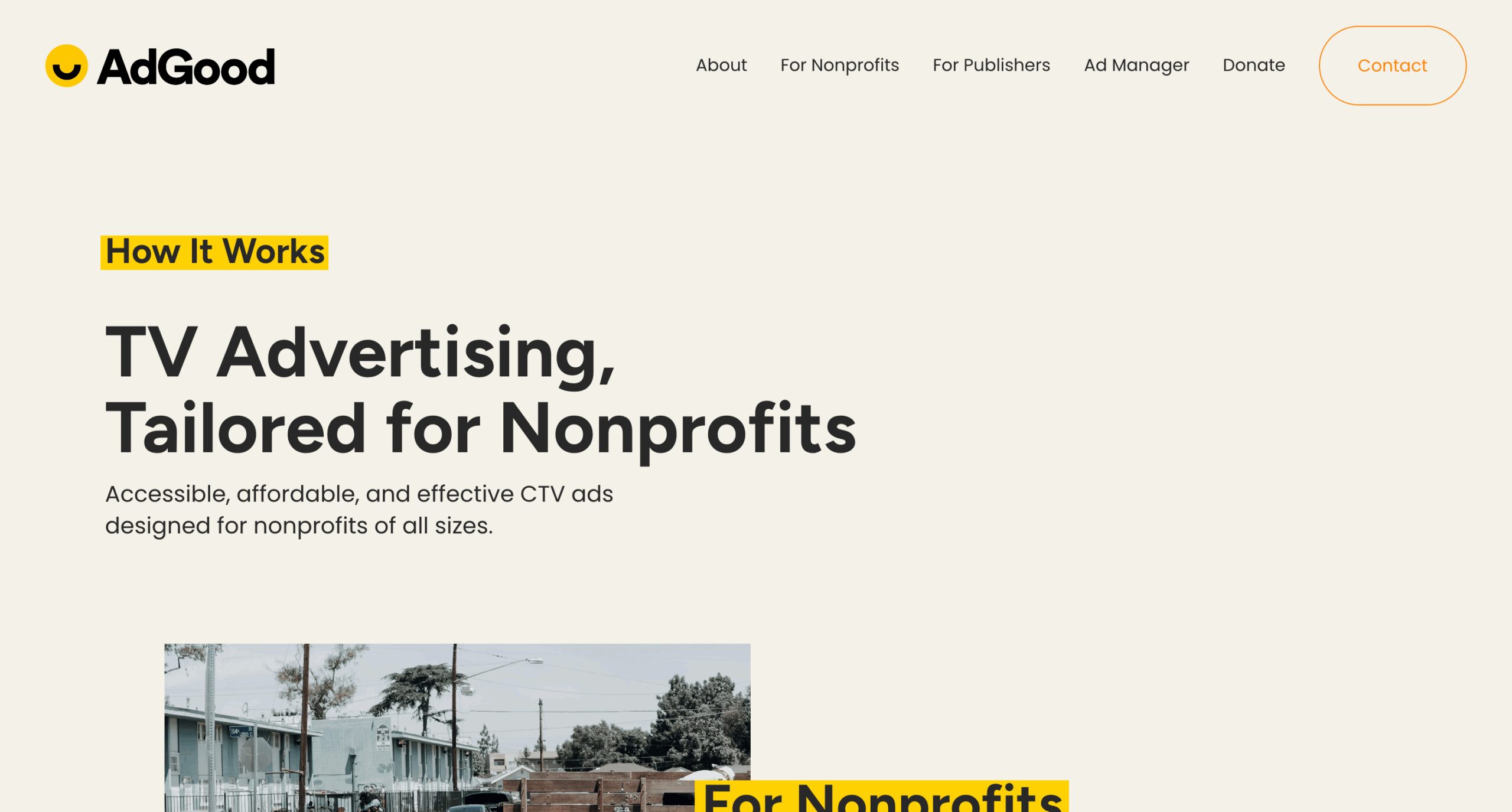
Why CTV Belongs in a Nonprofit Media Mix
- Attention quality: TV remains the largest screen in the home—strong for storytelling, brand trust, and emotional connection.
- Targeting: CTV pairs the reach of television with the precision of digital—geo, behavioral, and interest-based segments.
- Measurability: While TV spots don’t get clicks, AdGood’s setup connects ad exposure to site visits and downstream actions, enabling smarter budgeting and creative testing.
Creative Support Without the Headache
AdGood doesn’t art-direct your message—but it does remove friction. The self-serve Ad Manager can generate a TV-ready video in minutes, and integrations (e.g., Streamer.ai with Google Veo 3 credits) can animate stills into B-roll, helping small teams produce compelling spots without big studio budgets.
Built by and for the Nonprofit Ecosystem
AdGood intentionally chose a nonprofit structure to align incentives:
- Publishers get a single, trusted partner to channel donated impressions across thousands of nonprofits, with impact reports showing where impressions went and what happened.
- Nonprofits get access, fair pricing, and support at every sophistication level.
- Ad tech partners can extend their tools for social good at scale with light lift.
Governance, finance, and tax operations are set up for scale, with a strong legal team, board, and advisors. That backbone allows AdGood to move quickly while respecting compliance and transparency.
What’s New: The AdGood Nonprofit Media Fund
Many organizations have the message but not the media dollars. AdGood’s new Nonprofit Media Fund invites corporations and individuals to donate directly to media. The fund covers AdGood CTV buys for nonprofits with limited budgets—and provides donors with clear reporting on donated impressions and downstream outcomes.
Getting Started
- Advanced buyers/agencies: Connect via deal ID to your DSP to unlock discounted CTV at scale.
- Growing teams: Use AdGood’s managed service for audience strategy, trafficking, and weekly reporting.
- Small teams: Spin up a spot and buy locally with the self-serve Ad Manager (minimum $250).
Transcript Q&A
Q: What exactly is AdGood’s model in one paragraph?
A: AdGood is a 501(c)(3) that aggregates donated, unused connected TV (CTV) inventory from major streaming publishers, manages it through a nonprofit-owned tech stack, and makes it available only to nonprofits at ~70% below market CPMs. You can access it three ways: (1) connect to your current DSP via deal IDs, (2) let AdGood run a managed campaign, or (3) use the self-serve Ad Manager to generate a 30-second spot and launch with a low minimum.
Q: Who is eligible to use AdGood?
A: U.S. nonprofits in good standing (typically 501(c)(3)) and mission-aligned orgs serving charitable purposes. If you’re not sure, reach out—AdGood will confirm eligibility quickly.
Q: What kinds of campaigns work best on CTV for nonprofits?
A: Three big ones: (1) awareness + donation combo spots (brand + ask in one), (2) event or seasonal fundraising pushes, and (3) volunteer, program, or services awareness in a local market. CTV excels when you have a clear audience and a strong narrative.
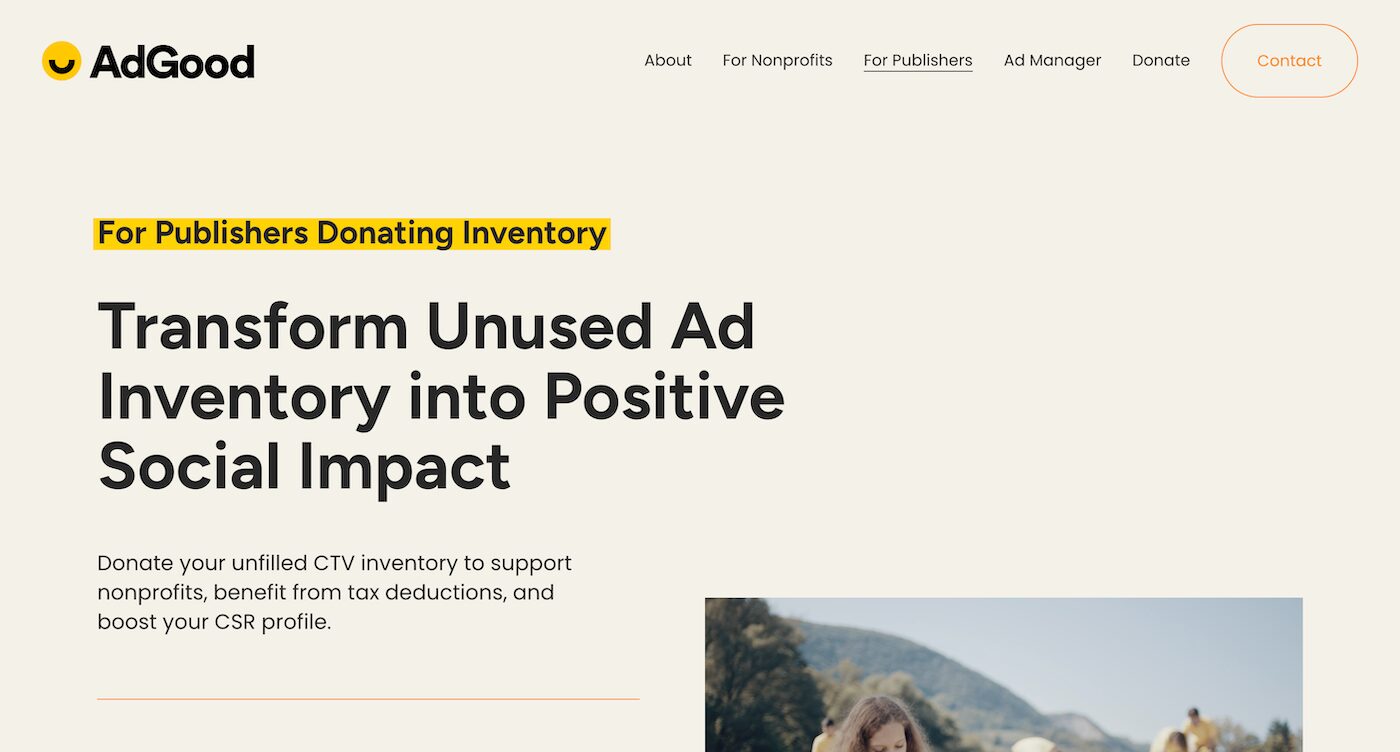
Q: How do a nonprofit get started if they have no video?
A: Use AdGood’s self-serve Ad Manager. Paste your website URL, auto-generate a 30-second spot, edit text/images/music/VO, choose audiences, set geography, pick languages (up to 30 dialects), and launch. Minimum is $250 (best for tight, local tests).
Q: What creative specs should organizations follow if they upload their own spot?
A: Common specs: 15 or 30 seconds; 1920×1080 (16:9); H.264 MP4 or MOV; 29.97 fps; target 8–12 Mbps; stereo audio with broadcast-safe loudness (-24 LKFS ±2). Include burned-in captions or provide a caption file where supported. Keep logos safe-zone compliant and on-screen text legible at 10 feet.
Q: What if the spot is longer than 30 seconds?
A: Many publishers cap at 30s for donated inventory. Create a 30s cutdown (and optionally a 15s). Use the longer version for web/YouTube.
Q: What targeting is available?
A: Geo (country/state/city/ZIP/DMAs), contextual, behavioral/interest, demographic, household attributes, device/OS, and dayparting. Frequency capping and flighting are supported. Target narrowly in small budgets; open up as you scale.
Q: How precise should nonprofits target on small budgets?
A: Start tight: one or two geos + one high-intent audience + sane frequency cap (e.g., 3–5/week) for a 2–3 week flight. Expand once you see visitation lift in attribution.
Q: How does measurement/attribution work for CTV?
A: You’ll install a universal pixel. AdGood’s partners tie ad exposure to site visitation and downstream actions (e.g., donation starts/completions). Reports show impressions, completion rate, daypart, platform mix, geo delivery, and site visitation lift; managed service provides wrap reports.
Q: What’s a “good” completion rate?
A: CTV completion rates are typically high because it’s a lean-back environment. AdGood often sees 95%+ on 15–30s spots, assuming TV-quality creative and normal placements.
Q: What CPMs should a nonprofit expect?
A: Rates vary by targeting and supply, but AdGood’s model typically prices ~70% below standard market CPMs—often similar to paid social on a per-impression basis, but on the largest screen in the home.
Q: How much budget do you recommend a nonprofit needs?
A: For a local market, test $1k–$5k over 2–4 weeks. For state or multi-city, $5k–$15k. For national or multi-state with narrower targeting, $20k+. Use $250 only for hyper-local smoke tests.
Q: Do you help with creative strategy?
A: AdGood doesn’t art-direct, but the Ad Manager removes production friction (auto-gen + edits). Best practice: open on a human story in the first 2–3 seconds; show the problem, your solution, a clear call-to-action, and a short URL or QR code.
Q: What test plan do you recommend?
A: Phase 1 (2–3 weeks): 1–2 geos, 1–2 audience segments, 1–2 creatives; measure visitation lift. Phase 2: expand top-performing audience/geo, add creative variants. Phase 3: scale budget, introduce frequency caps and daypart refinements, align with your email/paid search retargeting.
Q: How does the AdGood Nonprofit Media Fund work for grantees?
A: Corporations/individuals donate to the Fund; AdGood allocates media credits to eligible nonprofits, covering CTV spend for approved campaigns. Grantees still choose targeting and supply creative (or use the Ad Manager). Reporting shows donated impressions and outcomes.
Q: What do donors to the Media Fund receive?
A: Clear reporting on donated impressions, beneficiary nonprofits, delivery timing, and outcome signals (e.g., site visitation lift). It’s a straightforward way to see where your media dollars went.
Q: How fast can a nonprofit launch?
A: Self-serve can go live within days once creative is approved. Managed service typically needs ~1–2 weeks for planning, trafficking, and QA after assets and pixel are in place. DSP deals can activate quickly once IDs are issued.
Q: What results should a nonprofit expect from a solid first test?
A: High completion rates (often 95%+), measurable site visitation lift in targeted geos, and directional donation impact. Use learnings to tighten audience/creative and increase budget in the next flight.
FAQS
AdGood is a 501(c)(3) nonprofit that turns unused Connected TV (CTV) advertising inventory into affordable ad opportunities for other nonprofits. Publishers donate their unsold ad space, and AdGood redistributes it to nonprofits at a low CPM rate—creating a win-win for social impact and tax benefits.
Any registered nonprofit organization can access AdGood’s discounted CTV inventory to run awareness, fundraising, or recruitment campaigns. Publishers, streaming platforms, and ad networks can also partner with AdGood to donate unused ad inventory and receive compliant tax documentation.
AdGood offers transparent, low-cost CPM pricing that makes premium TV advertising accessible to nonprofits of all sizes. Rates vary by campaign goals, target audience, and ad length, but are typically a fraction of standard CTV costs. Our team helps you design a campaign that fits your budget.
Not at all. AdGood provides full campaign management support, and our Self-Serve GenAI Ad Manager (launching Q1 2026) allows nonprofits to create professional-quality ads quickly and affordably—no production team or technical experience required.
Publishers gain verified tax deductions for their donated ad space and strengthen their corporate social responsibility (CSR) profile. AdGood manages all compliance and documentation, ensuring that every donation is properly valued and recognized.

